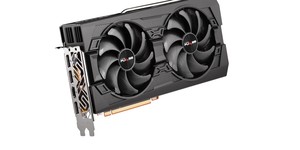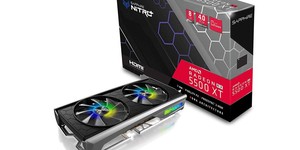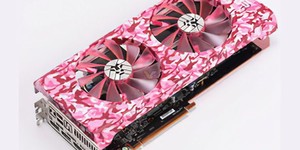Overclocking
We skipped overclocking in our original Navi coverage, as AMD said it wasn’t ready. There have been a few driver releases since then, however, and we were keen to see if Sapphire’s card could be pushed further. We stuck to Radeon WattMan, as Sapphire’s TriXX software couldn’t seem to get clock speed increases to stick. We also used the default Boost BIOS as the foundation rather than the slower Silent BIOS.
In WattMan, we set the power limit to the maximum available value, 50 percent. This alone is likely to give you a small performance boost, but so high a value risks placing a lot more stress on the cooler. Still, it works for us, as we’re mainly looking to ascertain maximum potential and reduce bottlenecks. We did leave the temperature/fan settings alone, however.
The easiest way to apply a clock speed increase, we found, is to enabled custom voltage/frequency adjustment and then adjust the maximum clock speed value i.e. the end of the curve. We settled on a 50MHz overclock, with 2,090MHz applied. Once you hit apply, WattMan automatically shifts the whole curve; trying to manually move the curve ourselves resulted in repeated crashes.
We then moved onto the memory, which was able to get through our benchmarks with the maximum speed applied: 950MHz. This takes the effective data rate from 14Gbps to 15.2Gbps, but some artefacts towards the end of testing suggested we were running on the edge of stability here.
Below you can see the impact the overclock had on a variety of benchmarks.

MSI MPG Velox 100R Chassis Review
October 14 2021 | 15:04









Want to comment? Please log in.